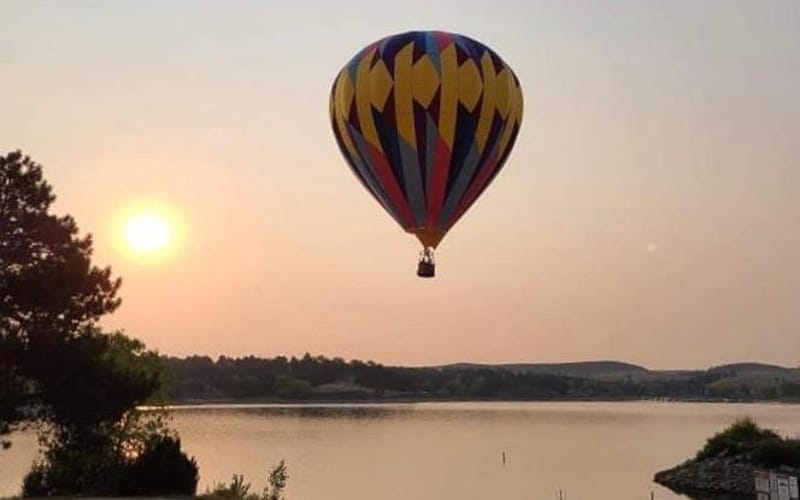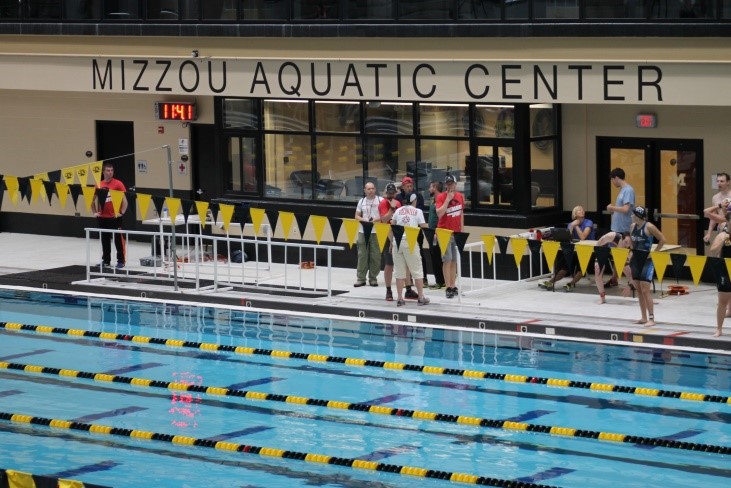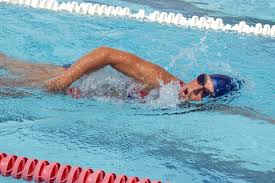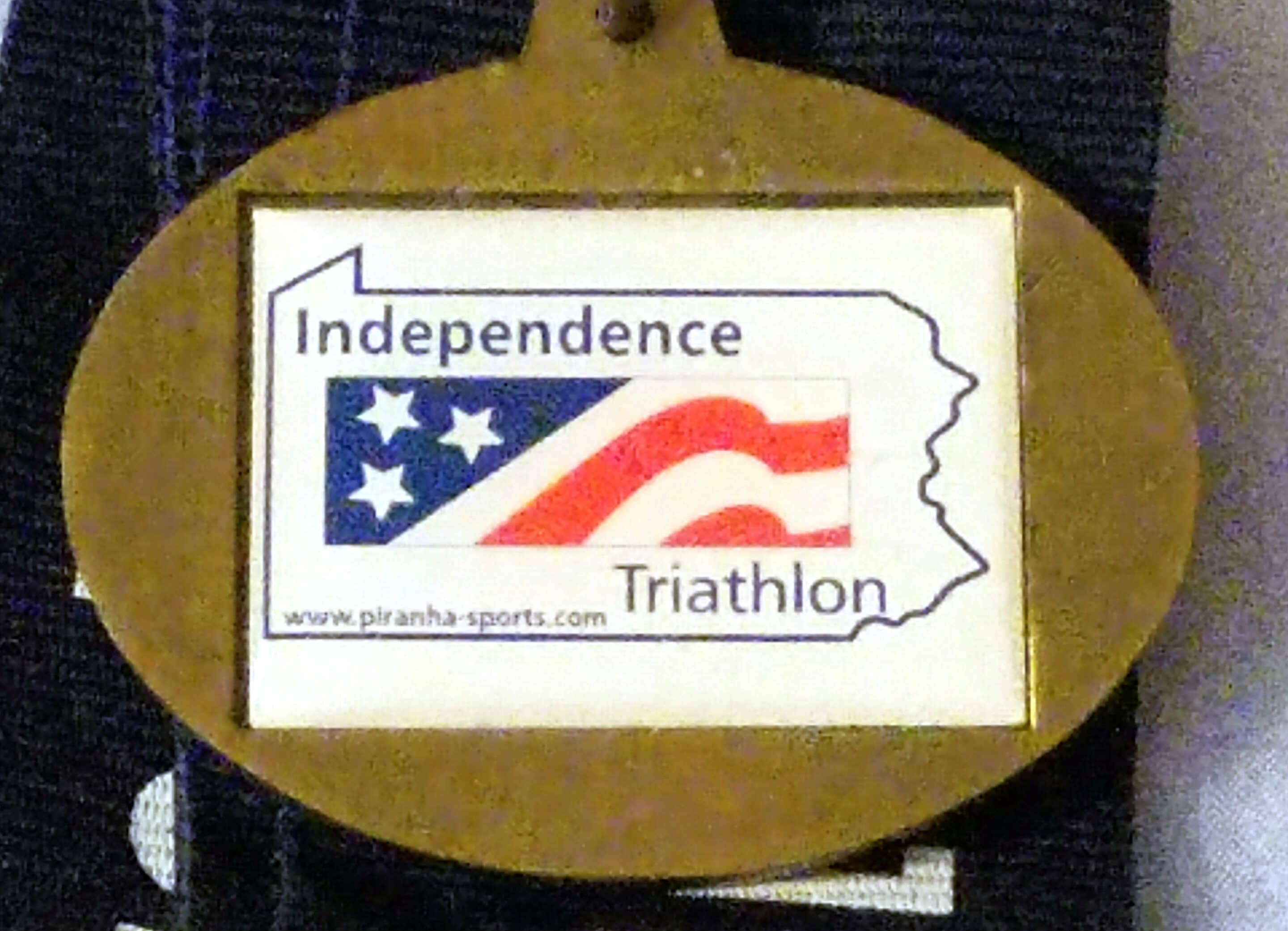America’s Marathon Man Leads Change For Senior Triathletes
A few weeks ago, I received an email from Jerry Dunn. In the message, he described his latest project, one benefiting senior triathletes.
What surprised me was seeing the place from which he had sent the message, Rapid City, South Dakota. Why? Because Joy and I had just returned from a short trip to Rapid City and Hot Springs, South Dakota, for a couple of days at the Angostura Reservoir with Joy’s cousin. You will read more about Angostura Reservoir later in this post.
Meet Jerry Dunn, America’s Marathon Man
According to his Wikipedia page, Jerry became hooked on running at age 29, after running along the beach near Sarasota, Florida with a lifeguard friend. He completed his first marathon in 1981. Over the next twelve years, he completed ever increasing goals for running distance and frequency.
In 1993, Los Angeles Times sports writer Jim Murray dubbed Jerry Dunn ‘America’s Marathon Man’. This came after Jerry set a world record by completing 104 marathons that year.
Then, at age 50, Jerry ran the official Boston Marathon course on 26 consecutive mornings. The 26th morning was for ‘The Run of the Century’, the 100th running of The Boston Marathon. He told one reporter that he ran these marathons to encourage others to “stay healthy and stay fit.”
“Don’t limit your challenges; challenge your limits.”
Jerry Dunn
Not stopping here, in the year 2000, Jerry completed 186 of an attempted 200 marathons, all on certified marathon courses. On his 60th birthday, he ran 60 miles. This was followed by running 65 miles on his 65th birthday.
This year, to celebrate his 77th birthday, Jerry biked the full length of the Ecuadorian Pacific coast. He also rode across South Dakota during RASDAK.
Jerry as Endurance Event Organizer
Jerry’s love for running and his desire to see others lead healthy, active lives shows in other ways. In 2002, he created, promoted and directed the Deadwood Mickelson Trail Marathon. This was followed in 2005, by the Lean Horse 100. Both races take place in the Black Hills of western South Dakota.
Through Jerry’s leadership, these races open the competition to a greater number of people seeking to stay active. Changes include a longer than normal cutoff time for walkers and slower runners. He also added age group categories for older competitors.
In addition to benefiting their participants, these races have raised money for causes, including Habitat for Humanity and Special Olympics.
Related post: How A Wisconsin Triathlon Benefits Kids In The Caribbean
Joining the Triathlon Community as a Senior Triathlete
In September 2022, Jerry joined friends Paulette and Bob as a relay team at the 25th Anniversary Southern Hills Triathlon at Angostura Reservoir outside Hot Springs, South Dakota.
After the race, Jerry said, “Paulette, Bob and I had agreed that we were just going to ‘have fun’. And, we did. However, we’re also all still somewhat competitive, just not against the youngsters whose combined ages were 100 to150”. The combined ages of Jerry’s team, called Team PBJ, was 221.
Jerry contacted Brendan Murphy, race director for the Southern Hills Triathlon. He suggested a never-before-heard-of age category for the Olympic distance team relay, the 200 and over age group.
With Jerry’s success as the creator and race director of the Deadwood Mickelson Trail Marathon, Brendan agreed. The 2023 Southern Hills Triathlon will be the first to include a 200+ age group for the Olympic Relay competition.
Go here for more infomation about or to register for the 2023 Southern Hills Triathlon.
Comments
Leave your questions or comments for Jerry Dunn below.
Comments: Please note that I review all comments before they are posted. You will be notified by email when your comment is approved. Even if you do not submit a comment, you may subscribe to be notified when a comment is published.




